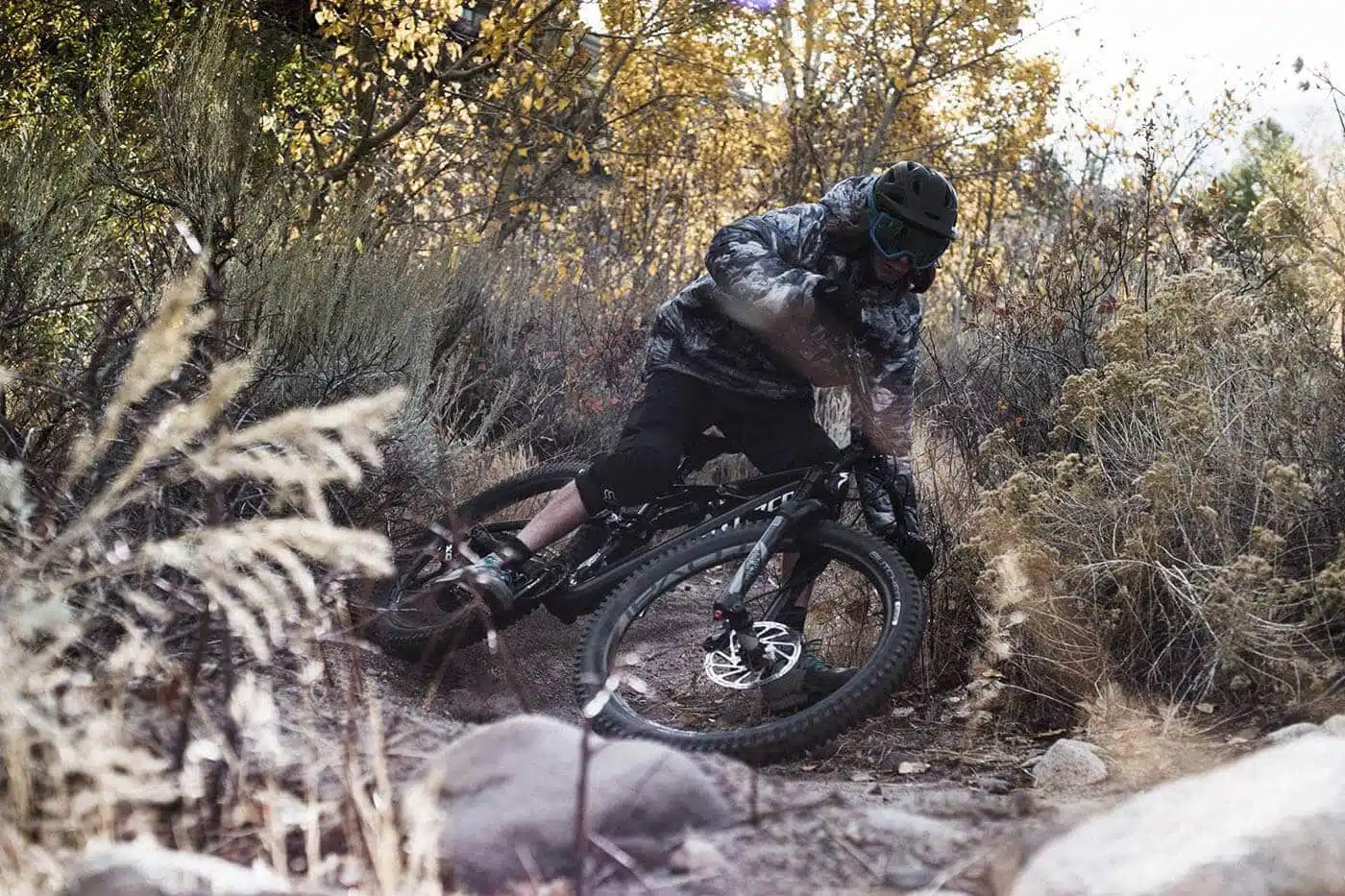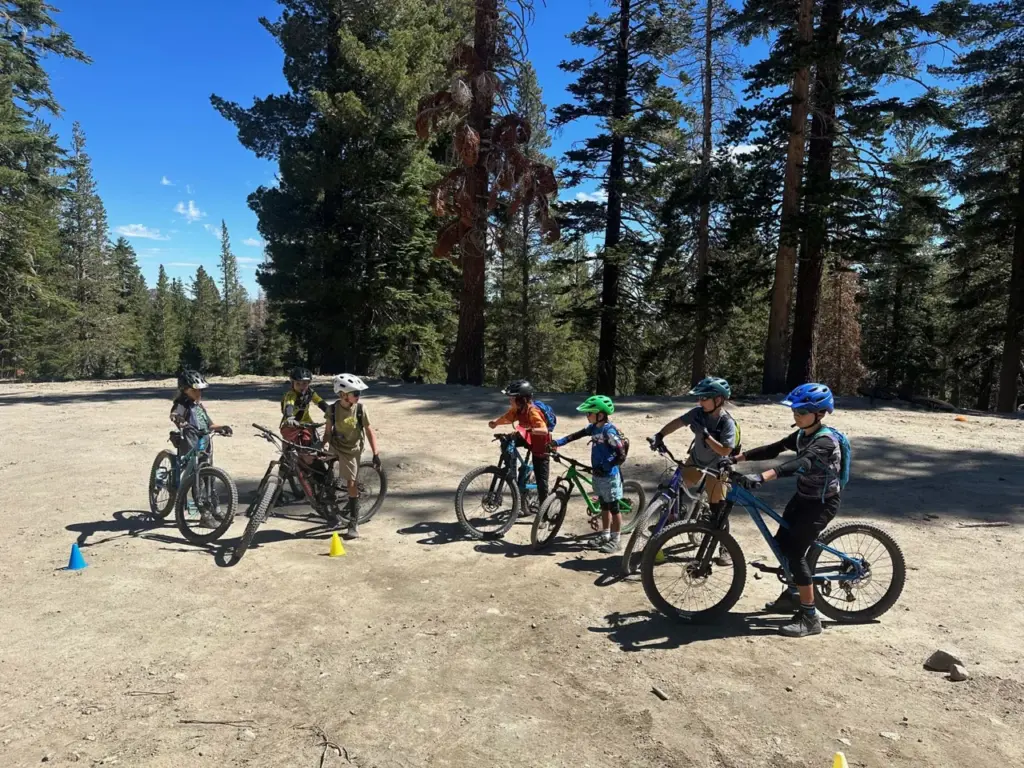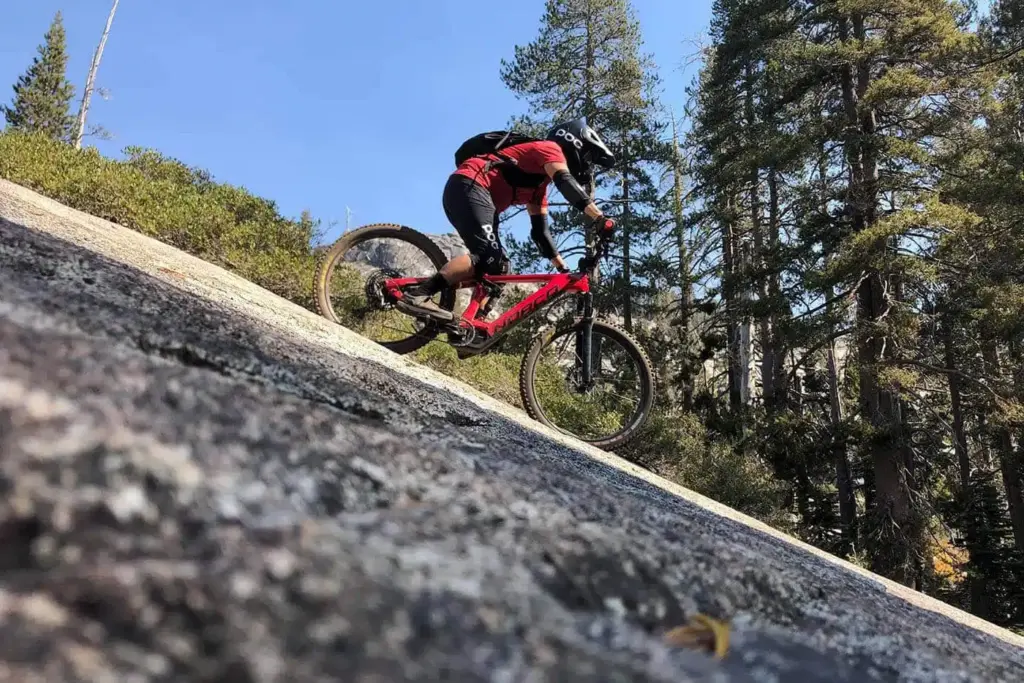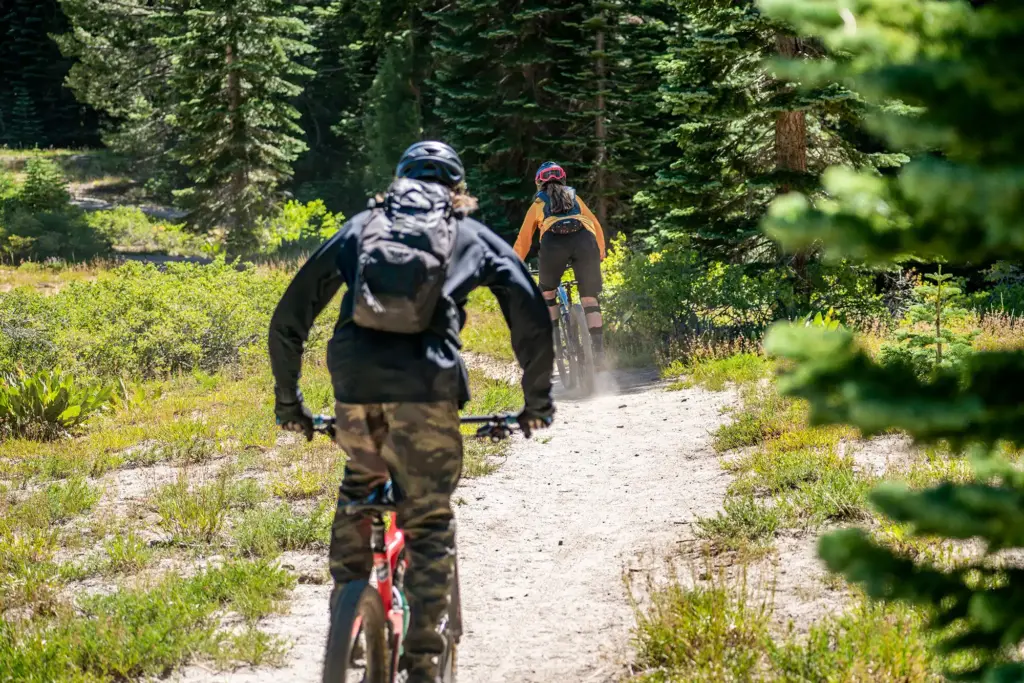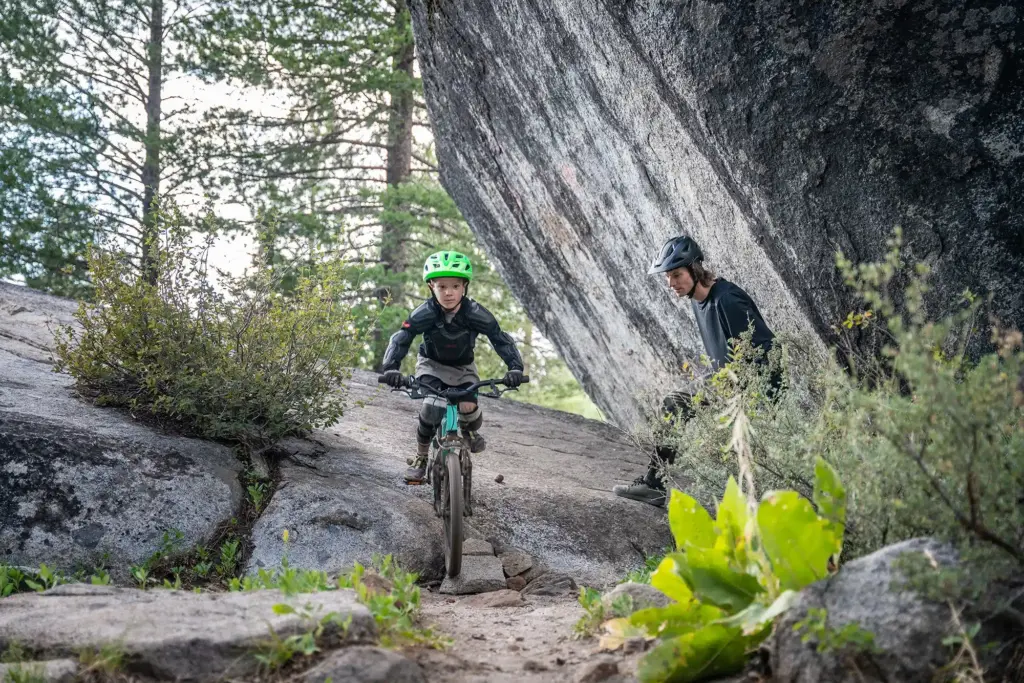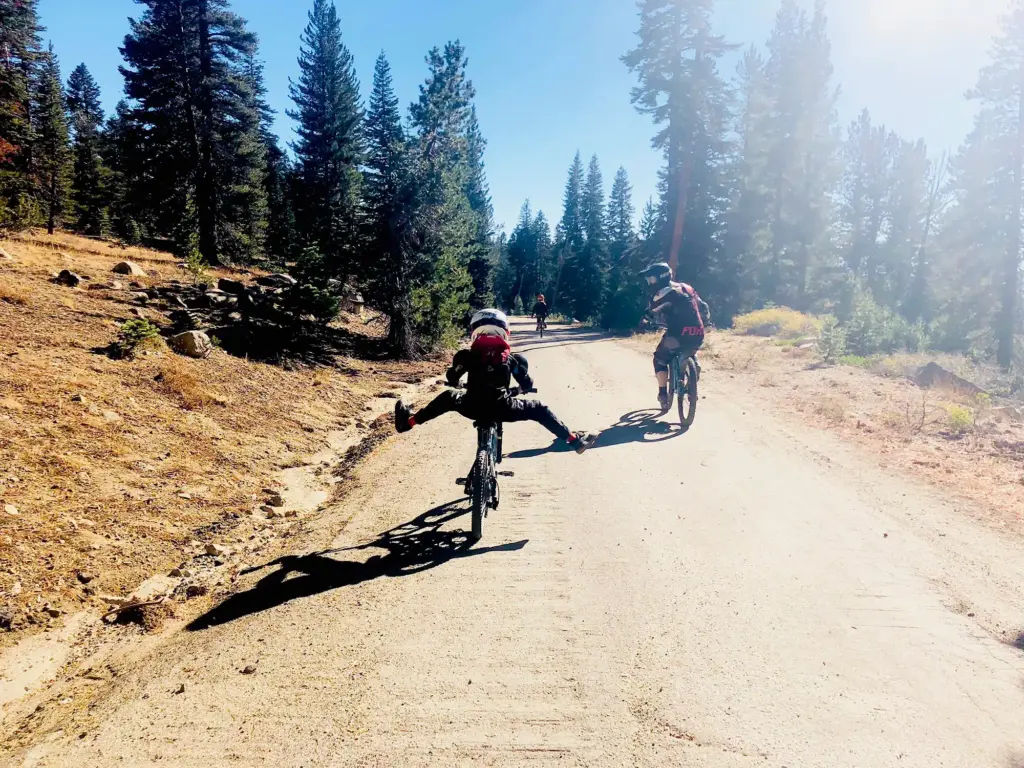Introduction
Hey fellow trail warriors! Ready to ramp up your mountain biking game? Whether you’re charging down steeper slopes or tackling trickier trails, leveling up your skills is crucial. I’ve put together this killer guide to pump up your riding experience, pushing you beyond those frustrating plateaus and straight into adrenaline-pumping territory. So grab your gear, let’s hit the trails together, and explore some essential tips and advanced tricks that’ll sharpen your skills and boost your biking bliss!
Table of Contents
- Introduction
- Know Your Bike
- Perfecting Your Position
- The Art of Cornering
- Technical Climbing Tactics
- Controlled Descents
- Interval Training
- Skills Drills
- Choosing the Right Equipment
- Engaging with the Community
- Conclusion
Know Your Bike
Familiarity with every component of your bike is foundational for any serious rider. Take the time to understand the mechanics of your suspension, drivetrain, and overall bike anatomy. Knowing how to make trailside adjustments can significantly impact your bike’s performance in diverse terrains. This in-depth knowledge not only helps in maintaining your bike but also in troubleshooting issues that may arise while you’re on the trail. For more detailed information on bike mechanics, check out Park Tool’s website.
Having the right setup tailored to your personal riding style and body type can make a noticeable difference in handling and comfort. A well-adjusted bike acts as a natural extension of your body, allowing for smoother rides and better control. Adjustments like the right saddle height and handlebar positioning are not just about comfort; they optimize power output and efficiency during your rides.
Perfecting Your Position
Riding posture is crucial for controlled mountain bike riding. Mastering various riding positions such as the attack position for descents and a relaxed position for climbs can greatly affect your performance. The attack position, where you lower your body close to the bike while keeping your knees and elbows bent, allows for aggressive handling and quick responsiveness to terrain changes.

In contrast, maintaining a more upright posture on flat or uphill sections conserves energy and provides stability. Practicing these positions regularly will build your muscle memory and improve your ability to switch fluidly between them depending on the terrain. This adaptability is key to becoming a proficient mountain biker.
The Art of Cornering
Cornering is a technique that every mountain biker strives to master. It involves more than just turning the handlebars; it’s about learning to read the trail, anticipating turns, and maintaining momentum without sacrificing safety. Effective cornering combines speed control with precise body positioning and bike handling skills. Practicing on different types of corners—tight, sweeping, uphill, and downhill—helps develop this crucial skill.
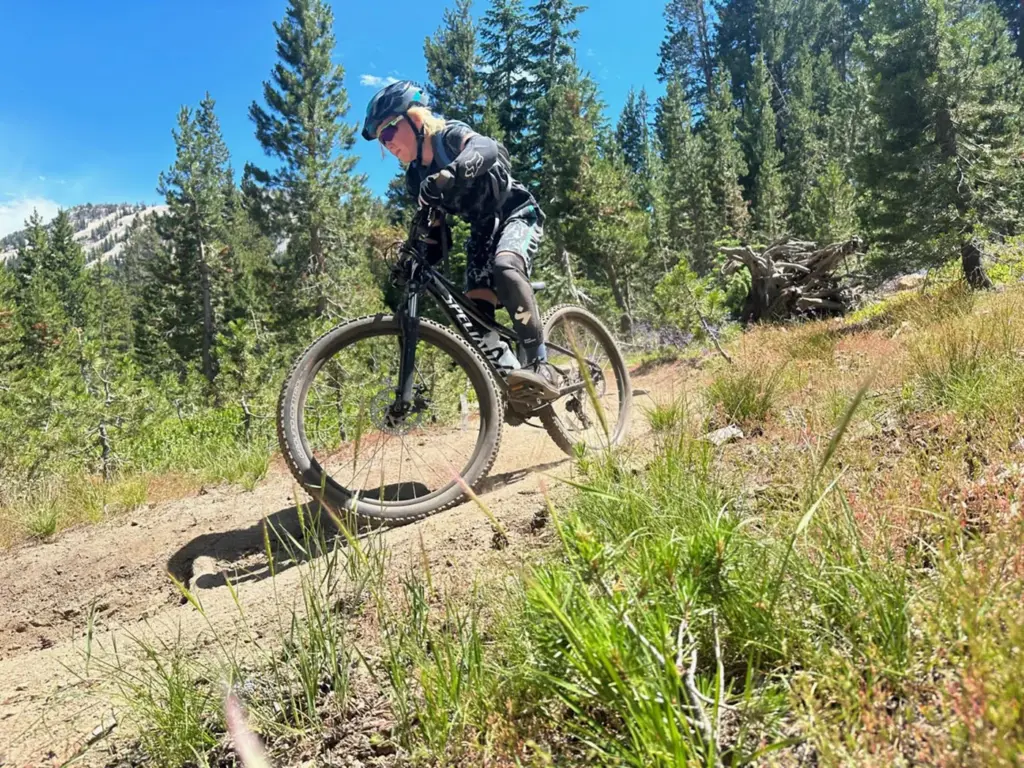
To get better at cornering, focus on your approach, apex, and exit strategies. Lowering your center of gravity during a turn increases stability, while looking ahead to where you want to go rather than at obstacles you want to avoid improves accuracy. These techniques, once mastered, can significantly increase your confidence and speed on the trails. For a deeper dive into cornering techniques, visit Global Mountain Bike Network’s YouTube channel.
Technical Climbing Tactics
Climbing efficiently is about more than sheer leg strength; it involves technical skills that need to be cultivated. Techniques such as proper gear selection and rhythm finding are essential for conquering steep inclines. Balancing your weight between the front and rear of the bike prevents spinning out on loose surfaces or popping a wheelie on steep grades.
Additionally, focusing on smooth, consistent pedaling can preserve energy and maintain traction. Technical climbs often require bursts of power to overcome obstacles, so practicing on varied terrain can improve your climbing technique and increase your overall riding efficiency.
Controlled Descents
Descending swiftly and safely is one of the thrills of mountain biking, but it requires excellent control and nerve. The key to controlled descents is mastering your braking technique and learning how to distribute your weight correctly throughout the descent. Effective braking does not mean grabbing a handful of lever whenever things feel too fast; rather, it involves feathering the brakes lightly but consistently to maintain control without overheating the discs.
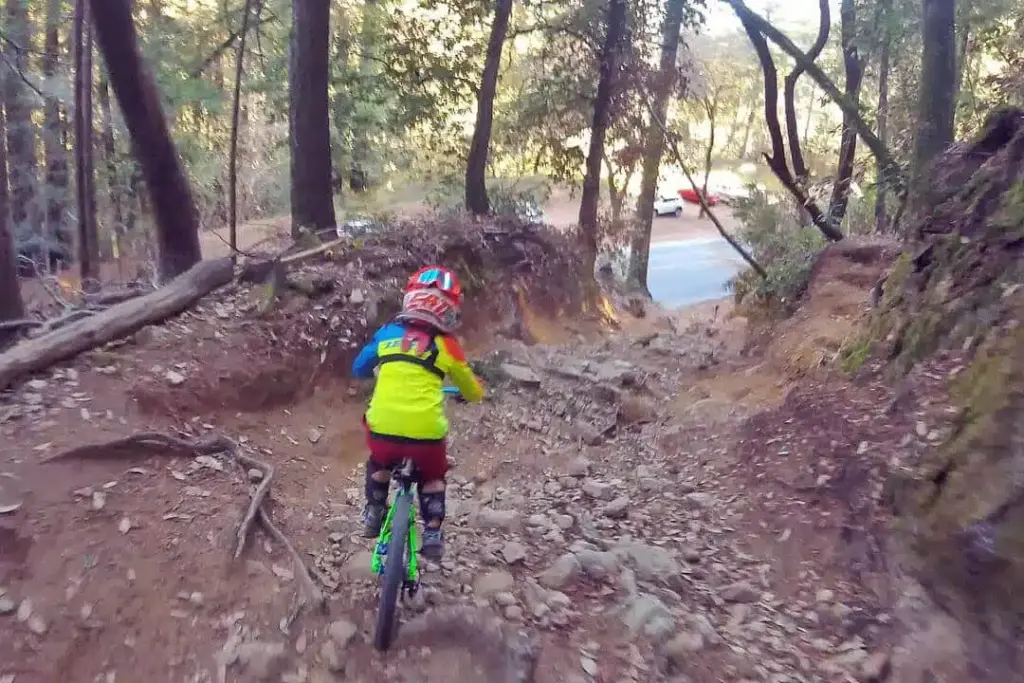
Proper body positioning is also crucial. Shifting your weight back and keeping your arms and legs relaxed allows your body to absorb bumps, which steadies the bike and gives you better traction and control. These skills ensure that you can enjoy the downhill sections of your ride with confidence and speed. For more tips on descending, check out Pinkbike.
Interval Training
Interval training is a powerful tool for improving cardiovascular fitness and overall riding endurance. This type of training, which alternates between high-intensity bursts and recovery periods, pushes the body to adapt to strenuous conditions, enhancing both stamina and strength. Intervals can be tailored to mimic the dynamic nature of mountain biking, where periods of intense effort are often followed by brief moments of rest or easier pedaling.
Regular interval sessions can also help improve metabolic efficiency, making it easier for your body to handle longer rides or recover more quickly from hard climbs. Integrating these workouts into your regular training routine will provide measurable benefits in performance.
Skills Drills
To translate technical knowledge into trail success, skills drills are essential. Setting aside time to focus on specific techniques like balance, jumping, or tight turns prepares your body and mind for similar challenges on actual rides. Drills such as slalom courses for agility, bunny hops for obstacle clearance, and balance exercises on uneven surfaces can enhance your technical prowess.
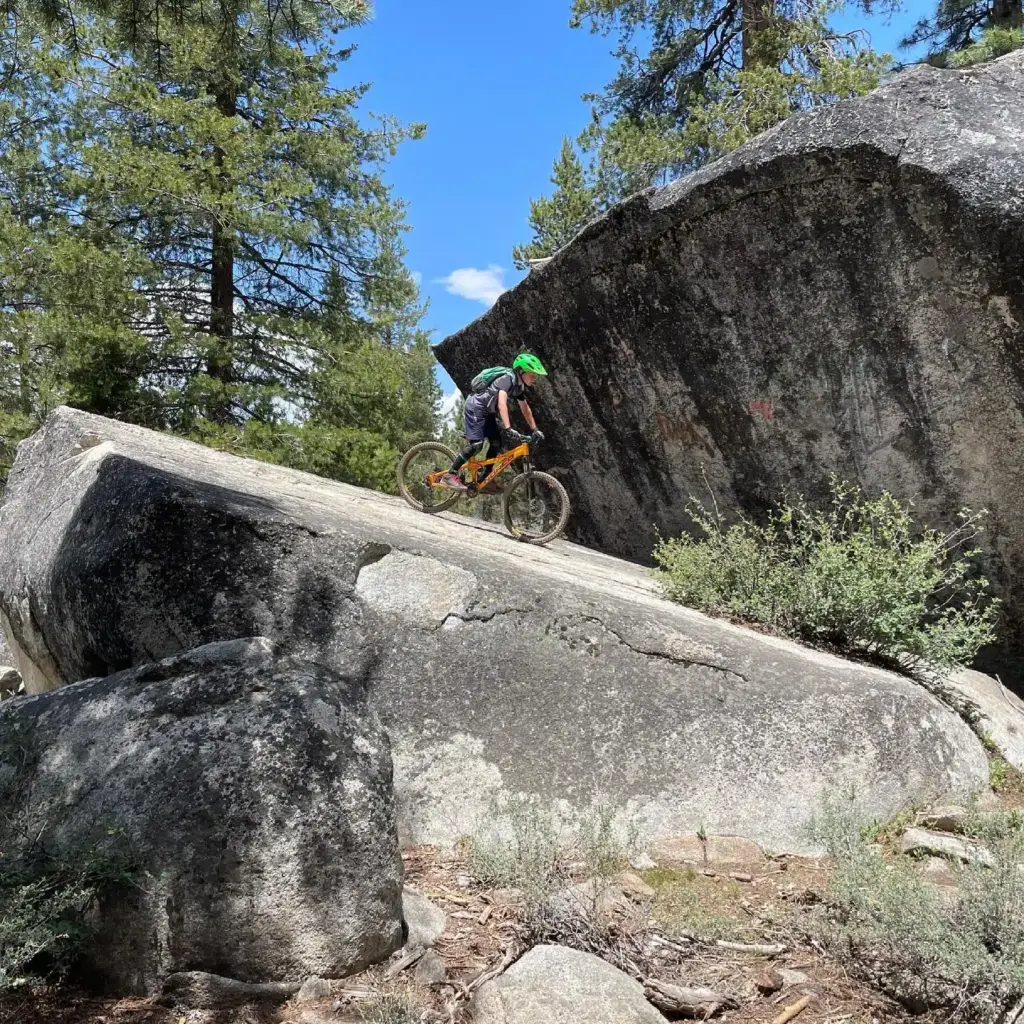
Practicing these skills in a controlled environment builds confidence, which translates into smoother, more effective riding when it matters most. These targeted exercises are not just for beginners; even experienced riders can benefit from honing their abilities through regular drill sessions.
Choosing the Right Equipment
The right mountain biking gear can significantly impact your riding experience. Choosing a bike that fits your body and riding style is essential for comfort and performance on the trails. Additionally, investing in quality protective gear—like helmets, gloves, and knee pads—can prevent injuries and increase your confidence to push your limits.
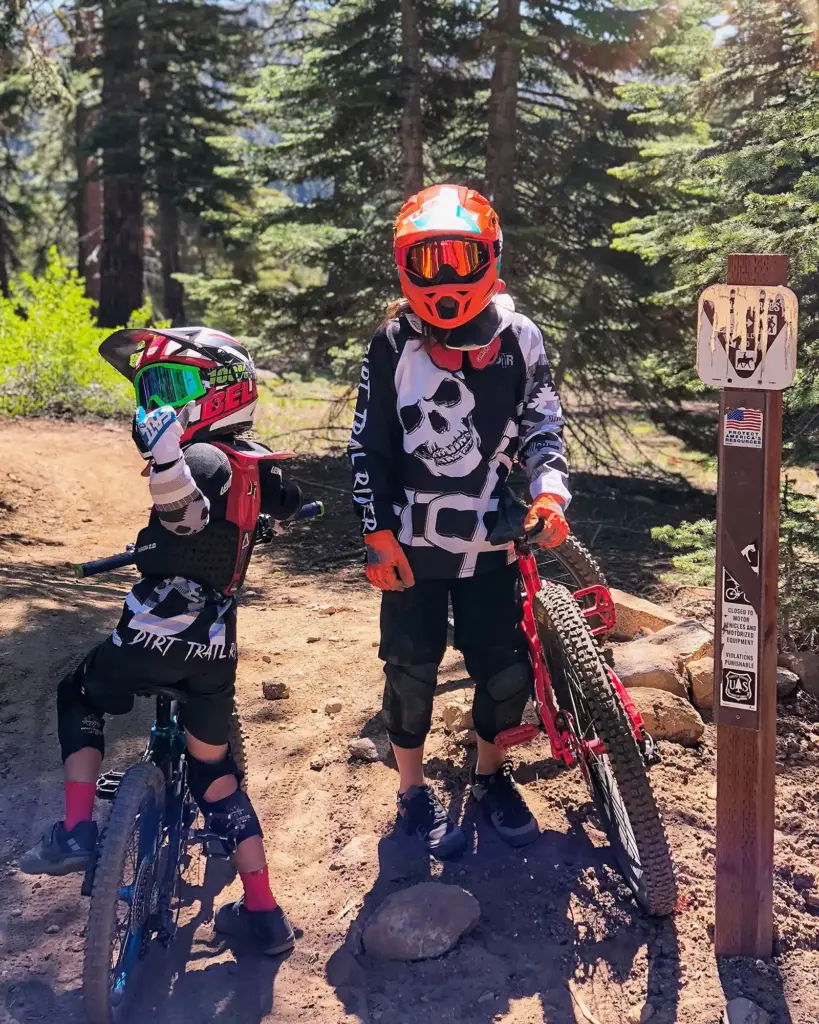
Proper equipment extends beyond just the bike and protective wear; it also includes choosing the right accessories like hydration systems, tool kits, and appropriate clothing to ensure you are prepared for any situation on the trails. For gear reviews and recommendations, visit MTBR.
Engaging with the Community
Being part of the mountain biking community is not just about the trails; it’s about sharing experiences, learning from others, and growing as a rider. Joining local biking clubs and participating in group rides can expose you to new techniques and perspectives that can refine your riding style.
Moreover, attending workshops and clinics offered by experienced professionals can provide insights into advanced riding techniques and new cycling trends. The community aspect of mountain biking enriches the experience, providing support and motivation to continually improve.
Conclusion
Mastering mountain biking skills is a rewarding endeavor that combines rigorous personal effort with an engaging community experience. By focusing on these ten key areas, you can enhance your abilities, tackle more challenging trails, and deepen your passion for mountain biking. Remember, every ride is an opportunity to improve, explore, and enjoy the great outdoors. Keep riding, keep learning, and keep sharing your adventures!
